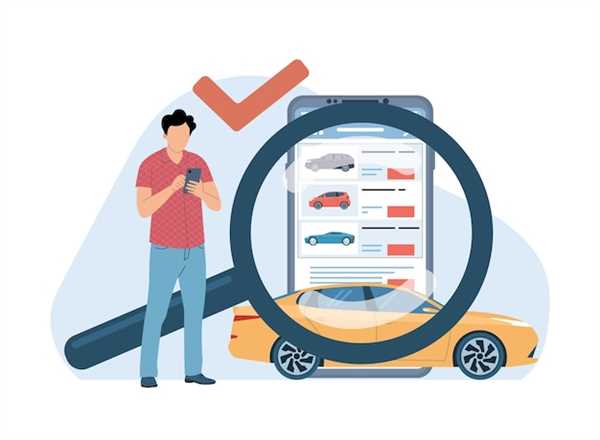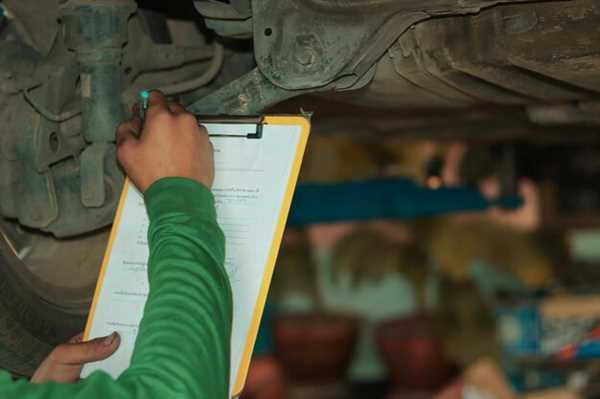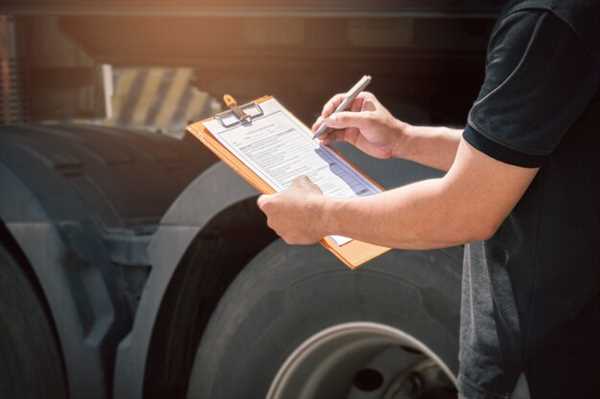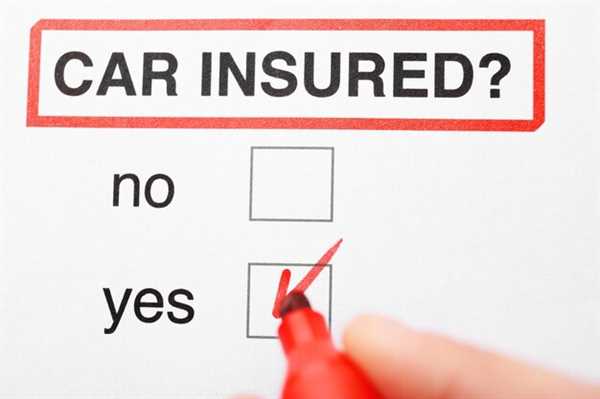
Prioritize the verification of existing financial obligations before committing to a repossessed vehicle. This step safeguards against unexpected liabilities that could emerge after purchase.
Utilize local DMV resources or online databases to scrutinize the vehicle identification number (VIN) for outstanding debts. A meticulous examination can reveal encumbrances that may hinder your ownership rights and complicate future transactions.
Engage with various reporting agencies to obtain a comprehensive history of the vehicle. This may uncover previous financial claims or legal issues that could affect your investment. Always demand a detailed report outlining any existing encumbrances to avoid unpleasant surprises.
Consult with an automotive professional or legal expert if uncertainties arise during your research. Ensuring clarity on financial statuses will facilitate a smoother acquisition process and protect your financial interests.
Understanding the Types of Liens on Salvage Vehicles
Prioritize identifying the nature of claims on the vehicle’s title. There are two main categories: possessory and non-possessory. Possessory liens arise when a service provider retains the car due to unpaid services, like repairs or towing. Non-possessory liens occur when a creditor holds a claim against the title without physical custody, often due to loans or financial agreements.
Within these categories, it’s important to be aware of priority levels. Senior liens take precedence over junior ones. This hierarchy determines which creditor gets paid first in case of liquidation. Knowing this helps in assessing potential risks associated with ownership.
In addition, check for any government claims, which can arise from unpaid taxes or fees. These can also impact the title status and should be investigated thoroughly.
Lastly, utilize resources such as vehicle history reports to uncover any hidden obligations. These reports can provide insights into any recorded claims and ensure a clear title before proceeding with a purchase.
How to Conduct a Comprehensive Salvage Car Lien Search

Begin your process by accessing the official Department of Motor Vehicles (DMV) or similar authority in your region. They often provide a database where you can input the vehicle identification number (VIN) to find relevant information regarding outstanding financial obligations.
Next, consider employing online services that specialize in vehicle history reports. These platforms aggregate data from various sources and can reveal any financial interests attached to the automobile in question.
Follow these steps to ensure thorough verification:
- Gather key details about the vehicle, such as its VIN, make, model, and year.
- Visit the DMV or equivalent agency’s website and locate their lien search tool.
- Input the vehicle’s VIN into the search tool, checking for any recorded encumbrances.
- Utilize online resources like Carfax or AutoCheck to receive a detailed history that might indicate any liens.
- Contact the seller directly to inquire about any existing obligations; they should provide documentation proving the vehicle is clear of encumbrances.
Verify through a title search, which may involve contacting title companies or using services specializing in this type of research. This step can confirm the current ownership and financial status of the vehicle.
Finally, if complications arise, consulting a legal professional familiar with automotive liens can offer guidance and options to resolve any issues regarding the ownership status of the vehicle.
Steps to Resolve Lien Issues Before Purchasing a Salvage Car

Verify ownership history. Obtain the Vehicle Identification Number (VIN) and access public records to confirm if any financial claims exist against the vehicle. Utilize state databases or services that compile this information.
Contact the existing lienholder. If a lien is identified, reach out to the financial institution or company listed. Inquire about the outstanding balance and terms needed for release. This can provide leverage when negotiating the purchase.
Request a lien release document. Once any dues are cleared, ensure the lienholder provides a formal release. This document serves as proof that the financial obligation has been satisfied and that no further claims exist.
Consult with a title expert. An expert in titles can help navigate intricate regulations and assist in securing a clean title. This expertise is invaluable in mitigating potential issues post-purchase.
Check local laws. Regulations regarding repossessions and ownership transfers vary by state. Research relevant laws that may affect lien settlements, ensuring compliance with local requirements.
Obtain a written agreement. Document all transactions and communications related to the lien issues. A formal contract protects both parties and ensures clarity during the transfer process.
Secure an inspection. Before finalizing the deal, have the vehicle evaluated by a qualified mechanic. This step can uncover hidden problems that could influence the total cost of ownership, including potential repair needs that may arise from past incidents.
Document everything. Keep records of every step taken to resolve lien issues. This documentation will support any future claims of ownership and can be essential if any disputes arise.

